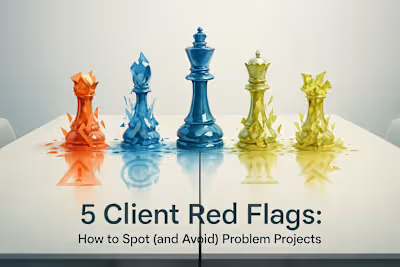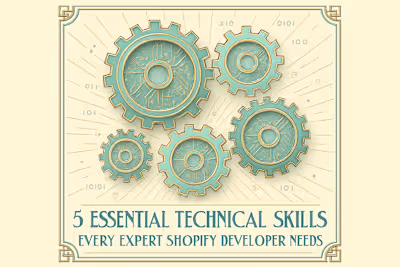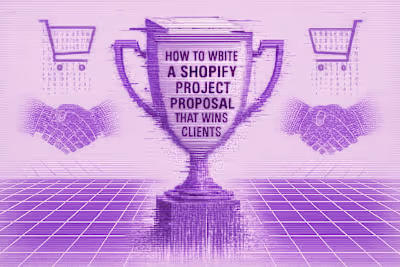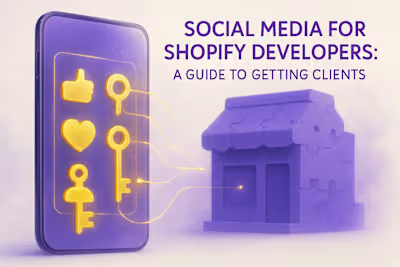The 2025 Roadmap to Becoming an Expert Shopify Developer

The 2025 Roadmap to Becoming an Expert Shopify Developer
Phase 1: Mastering the Fundamentals (Months 1-3)
Core Web Technologies: HTML, CSS, & JavaScript
Introduction to Shopify: Setting Up a Development Store
Understanding the Shopify Ecosystem
Phase 2: Specializing in Shopify Development (Months 4-9)
Learning Liquid: Shopify's Template Language
Theme Development and Customization
Introduction to Shopify APIs
Phase 3: Becoming an Expert (Months 10-18)
Advanced Skills: App Development & Headless Commerce
Building a Portfolio
Version Control with Git
Engaging with the Shopify Community
Phase 4: Continuous Learning & Growth (Ongoing)
Staying Updated with Shopify Editions
Focusing on Performance and SEO
Exploring Certifications
Conclusion
References
The 2025 Roadmap to Becoming an Expert Shopify Developer
Phase 1: Mastering the Fundamentals (Months 1-3)
Core Web Technologies: HTML, CSS, & JavaScript
Introduction to Shopify: Setting Up a Development Store
Understanding the Shopify Ecosystem
Phase 2: Specializing in Shopify Development (Months 4-9)
Learning Liquid: Shopify's Template Language
{{ product.title }}) output data. Tags (like {% if %}) create logic. Filters (like {{ product.title | upcase }}) modify output. These three concepts form the foundation of everything you'll do in Liquid.Theme Development and Customization
Introduction to Shopify APIs
Phase 3: Becoming an Expert (Months 10-18)
Advanced Skills: App Development & Headless Commerce
Building a Portfolio
Version Control with Git
.shopifyignore file, and node_modules are common exclusions. Create a proper .gitignore file to keep your repository clean.Engaging with the Shopify Community
Phase 4: Continuous Learning & Growth (Ongoing)
Staying Updated with Shopify Editions
Focusing on Performance and SEO
Exploring Certifications
Conclusion
References
Posted Jul 4, 2025
Your definitive guide to becoming a top-tier Shopify developer in 2025. Follow our step-by-step roadmap, from foundational skills to advanced specializations.










